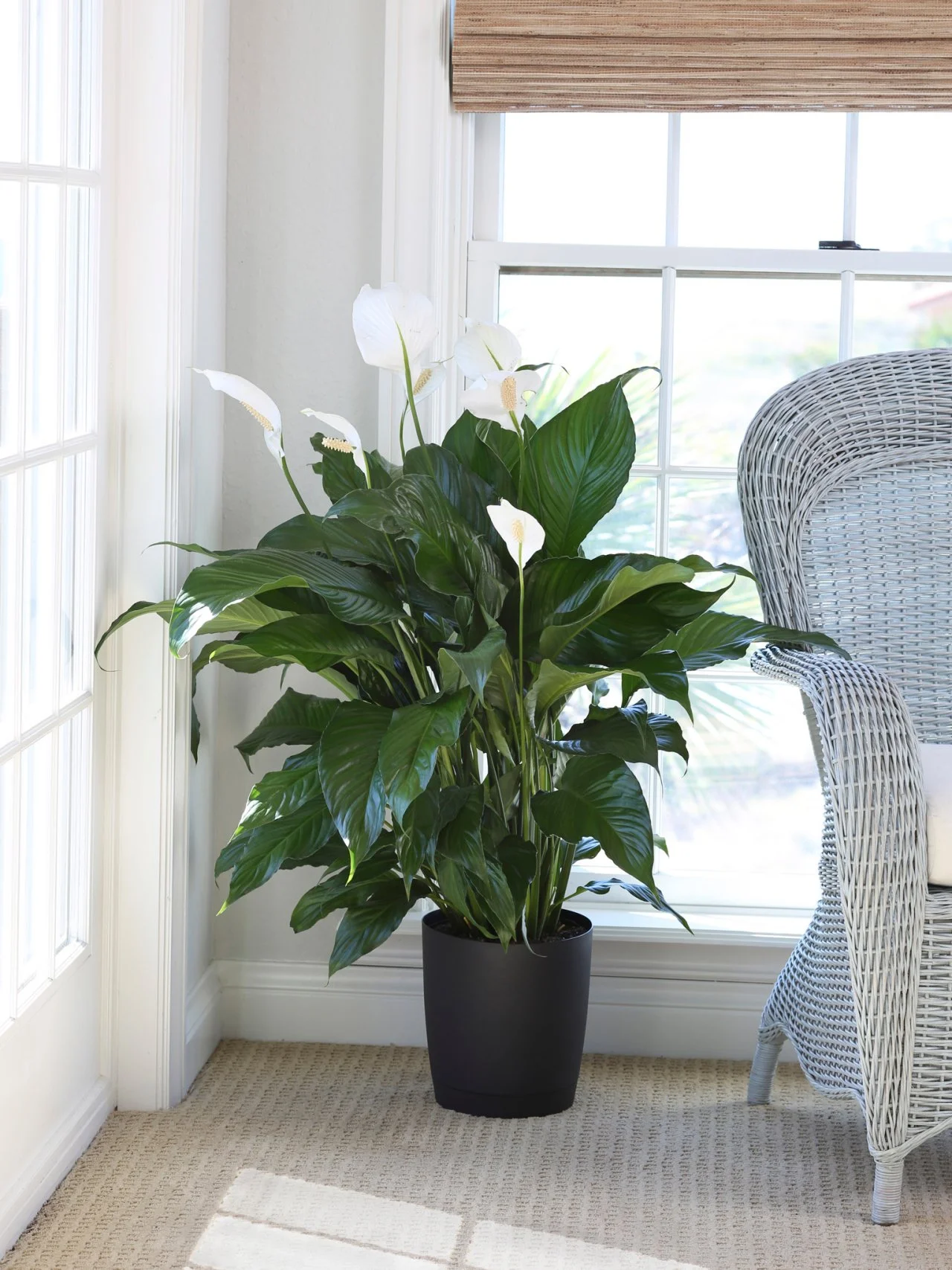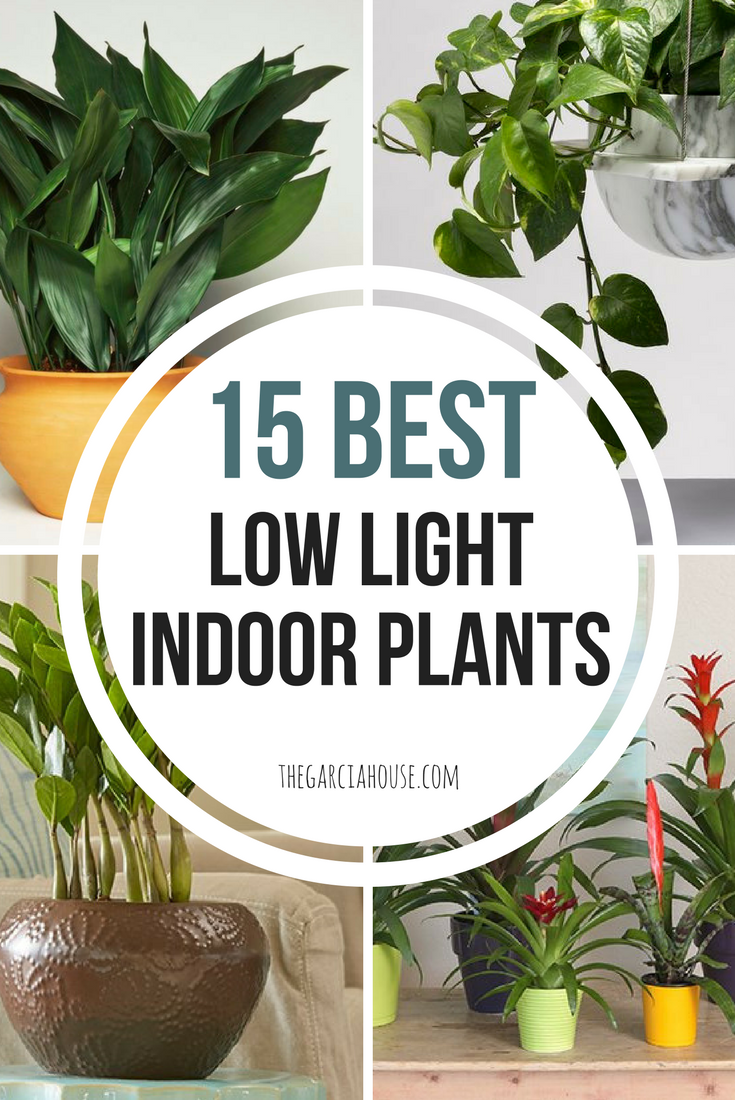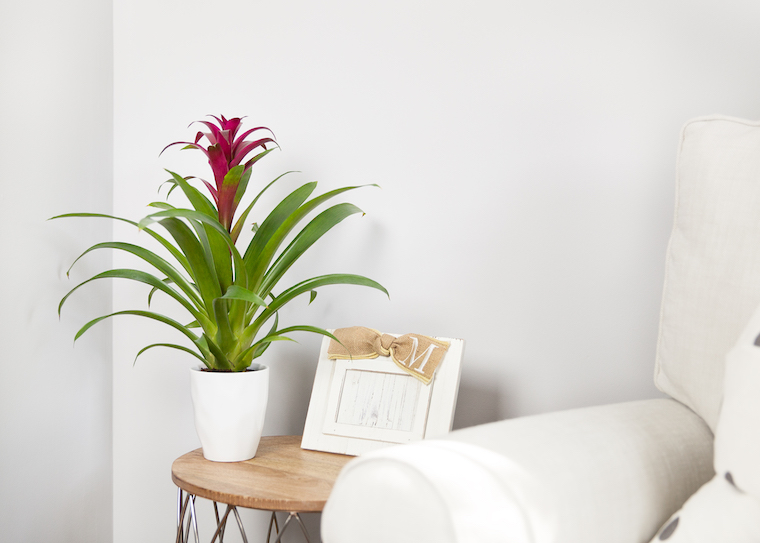Transform Your Living Space with the Best Low-Light Indoor Plants
Transform Your Living Space with the Best Low-Light Indoor Plants
Blog Article
Uncover the Keys of Low-Light Indoor Plants and Just How They Enhance Your Environment
Low-light indoor plants have actually gathered boosting focus for their one-of-a-kind ability to enhance both visual appeal and ecological high quality within homes and offices. These resilient varieties, consisting of the Snake Plant and Tranquility Lily, not only flourish in difficult lights problems however additionally play an essential role in air filtration and emotional wellness.
Benefits of Low-Light Indoor Plants
Although many individuals think that interior plants require bountiful sunlight to prosper, low-light indoor plants provide a multitude of advantages that make them excellent for different atmospheres. One of the key advantages is their adaptability; they can flourish precede with limited all-natural light, such as workplaces, basements, or rooms with small home windows. This feature permits people to boost their surroundings with greenery, adding to improved looks without the requirement for considerable lighting adjustments.
Additionally, low-light interior plants can substantially improve indoor air high quality by filtering hazardous toxic substances and releasing oxygen, making living spaces healthier. Study has actually shown that particular selections can absorb toxins, thus promoting a cleaner atmosphere. Furthermore, they can enhance mental health by reducing anxiety and raising efficiency. The existence of plants has been connected to greater sensations of peace and emphasis.
In addition, low-light plants often require less upkeep than their sun-loving counterparts, making them optimal for hectic people or those new to gardening. Their resilience enables them to prosper with marginal intervention, hence providing a gratifying experience for plant fanatics and beginners alike. In recap, low-light indoor plants serve both aesthetic and functional purposes, making them useful additions to any space.
Top Low-Light Plant Selections
Low-light interior plants come in a selection of species, each offering distinct characteristics and advantages suited for dim settings. Amongst one of the most popular ranges is the Serpent Plant (Sansevieria), recognized for its building leaves and air-purifying capacities. This durable plant flourishes on overlook and can endure a large range of light problems.
An additional excellent choice is the ZZ Plant (Zamioculcas zamiifolia), which features shiny, dark green fallen leaves and is extremely drought-tolerant. Its versatility makes it a preferred for offices and homes with restricted sunlight.
The Pothos (Epipremnum aureum) is also a leading challenger, with its trailing vines and heart-shaped leaves - Best low-light indoor plants. This functional plant can be educated to climb up or waterfall, including visual interest to any type of area

Care Tips for Low-Light Plants
Taking care of low-light indoor plants calls for a nuanced understanding of their details demands to ensure optimal development and vigor. It is necessary to choose the best potting mix, as a well-draining soil is essential to protect against root rot. A blend designed for houseplants, usually consisting of peat moss and perlite, works well for many low-light ranges.
Watering is another key element of treatment. Low-light plants generally require less regular watering compared to their sun-loving equivalents. It is suggested to examine the leading inch of soil; if it really feels completely dry, it's time to water. Overwatering can lead to problems such as mold and origin decay.
Fertilization ought to be approached with care. Throughout the growing period, a watered down fluid fertilizer can be applied monthly, yet in cold weather, several click to find out more low-light plants get in inactivity and call for little to no fertilization.
Finally, it is very important to occasionally clean up the leaves to get rid of dust, permitting much better light absorption. By adhering to these care tips, you can grow a flourishing atmosphere for your low-light indoor plants, boosting both their look and durability.
Enhancing Air Top Quality With Plants
Interior plants play a considerable duty in boosting air quality within homes and workplace. With the procedure of photosynthesis, these plants take in co2 and launch oxygen, contributing to a much healthier ambience. Additionally, particular low-light interior plants possess the capability to filter unsafe toxins, such as benzene, trichloroethylene, and formaldehyde, which are frequently discovered in indoor settings.

Additionally, the visibility of interior plants can enhance moisture degrees, which assists minimize dry skin and breathing concerns, further improving total health. This ability to improve air quality not only advertises physical health but additionally supports psychological wellness.
Integrating this contact form low-light interior plants right into your living and working areas can cause a more invigorating and vivid setting (Best low-light indoor plants). Spending in these all-natural air cleansers is an easy yet efficient technique for improving interior air quality and promoting a healthier lifestyle
Developing a Serene Indoor Space
The integration of plants into living areas not only enhances air high quality however likewise adds to a relaxing atmosphere. Low-light interior plants, such as snake plants and pothos, are specifically efficient in developing a tranquil atmosphere, as they grow in conditions that might otherwise be unwelcoming for various other plant. Their lush foliage provides a soothing aesthetic, decreasing anxiety and advertising relaxation.
Integrating these plants right into your office or home can stimulate a sense of tranquility and wellness. Strategically positioning them in locations where you invest substantial time, such as living work spaces or rooms, enables Full Article an immersive experience with nature, which has actually been shown to boost state of mind and cognitive function.
Moreover, the gentle motion of leaves in response to airflow can produce a dynamic aesthetic component that improves the total ambiance. Think about utilizing a selection of plant elevations and textures to include deepness and interest to your room. With thoughtful placement and care, low-light interior plants can transform any kind of area right into a serene haven, cultivating not only visual satisfaction but additionally psychological and psychological wellness.

Verdict
Including low-light interior plants into different settings yields substantial benefits, consisting of boosted air top quality and improved aesthetic charm. These hardy species not just prosper in very little light however likewise contribute to a calming atmosphere, advertising emotional and emotional wellness. By selecting appropriate selections and implementing correct care strategies, people can effectively grow a peaceful indoor room that promotes wellness and efficiency. The transformative power of low-light plants emphasizes their value in enhancing both property and work-related setups.
Although many individuals assume that indoor plants need plentiful sunshine to grow, low-light interior plants use a multitude of advantages that make them optimal for different atmospheres.Moreover, low-light indoor plants can dramatically boost interior air quality by filtering system damaging contaminants and launching oxygen, making living spaces healthier. In addition, particular low-light indoor plants possess the capability to filter dangerous pollutants, such as formaldehyde, benzene, and trichloroethylene, which are generally discovered in indoor environments.
Low-light indoor plants, such as serpent plants and pothos, are especially effective in developing a serene setting, as they prosper in conditions that may otherwise be inhospitable for other greenery.Integrating low-light interior plants into various environments returns significant benefits, including boosted air quality and boosted visual appeal.
Report this page